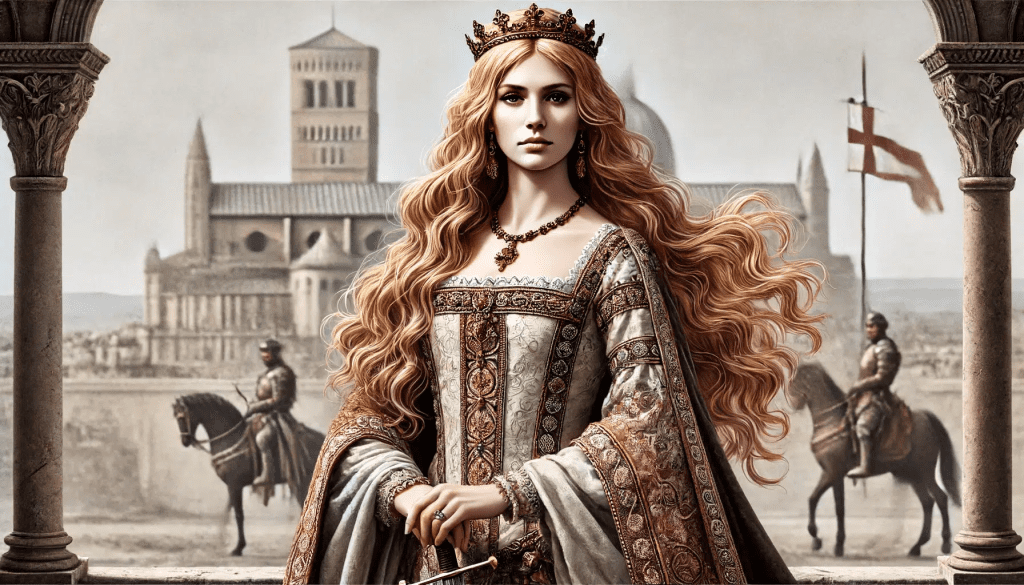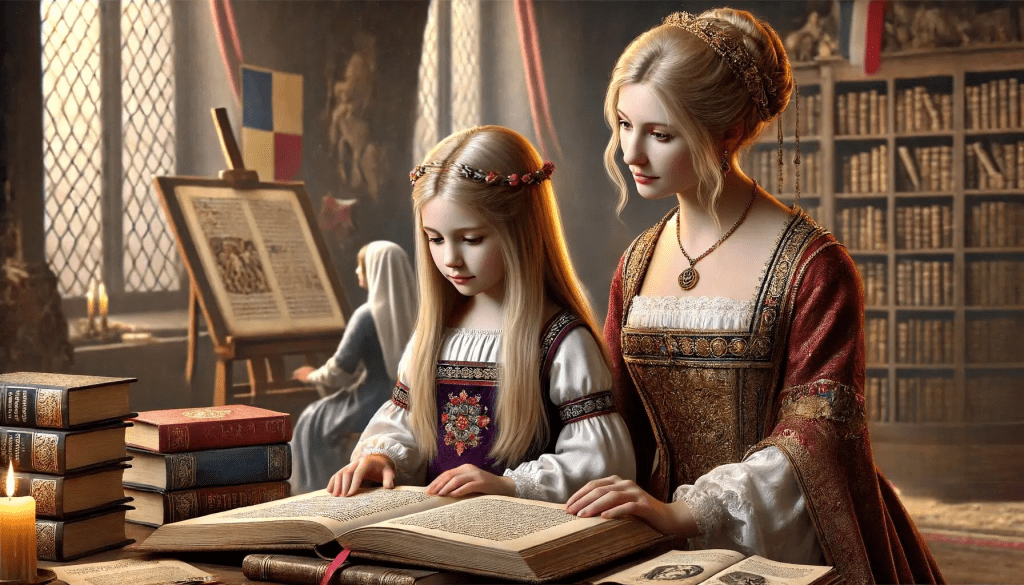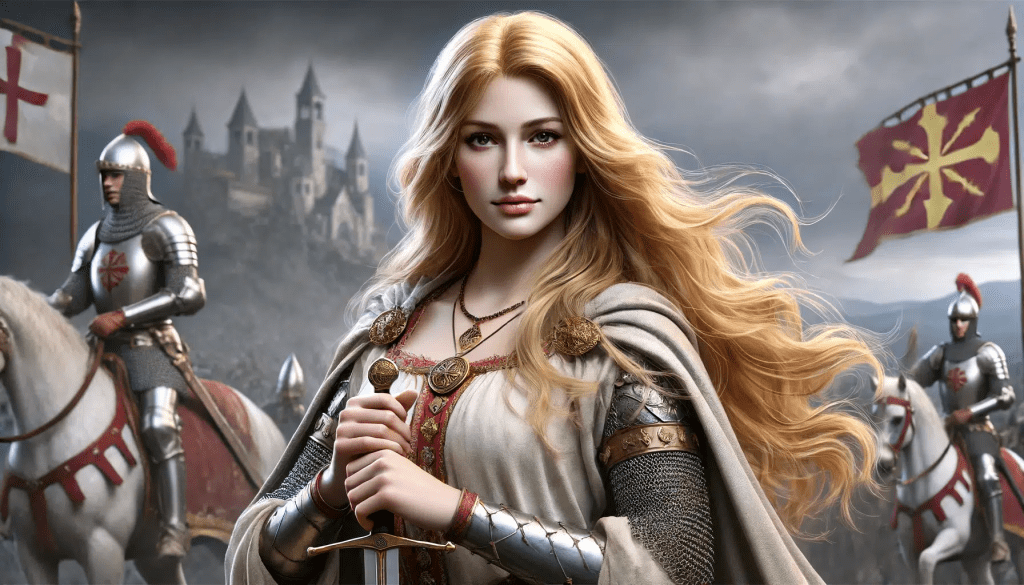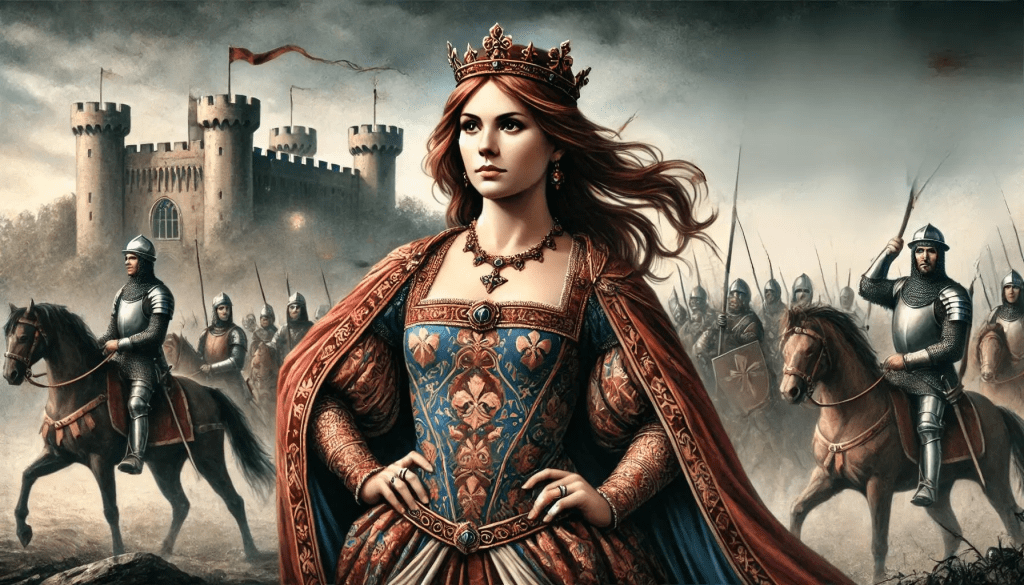When most people think of medieval power struggles, they picture kings and popes, emperors and knights. But in the heart of 11th-century Europe, one woman stood at the center of it all not as a bystander, but as a commanding figure who led armies, shaped history, and watched from the battlements of her fortress as an emperor knelt in the snow. Her name was Matilda of Tuscany, and her legacy is as powerful today as the walls of her legendary castle, Canossa.

Born Into Power, Built for Battle
Matilda was born around 1046 into the ruling family of Tuscany, one of the most powerful noble houses in northern Italy. Her father, Boniface III, was a margrave essentially a regional ruler and her mother, Beatrice of Lorraine, came from noble blood. From an early age, Matilda was immersed in a world of political alliances and military strategy. But it wasn’t just her birthright that made her formidable. It was her intelligence, resilience, and unshakable commitment to the causes she believed in.

After her father’s assassination and the death of her only brother, Matilda inherited vast territories stretching from northern Italy into parts of present-day Germany. At a time when women were expected to remain in the background, she stepped forward to lead both politically and militarily.
Video:
The Warrior Countess Who Defied An Emperor? | Matilda of Tuscany | Matilda of Canossa
The Investiture Controversy: Faith vs. Empire
Matilda’s life reached its dramatic peak during the Investiture Controversy, a major conflict between Pope Gregory VII and Emperor Henry IV of the Holy Roman Empire. The issue? Who had the authority to appoint church officials secular rulers or the Pope?
Matilda threw her full support behind the papacy. She used her wealth and influence to defend Pope Gregory and his vision of a church independent from imperial control. Her castle, Canossa, became a sanctuary for the Pope and a symbol of resistance against imperial overreach.

The Walk to Canossa: An Emperor’s Humbling
In 1077, one of history’s most iconic moments unfolded at the gates of Canossa Castle. After being excommunicated by Pope Gregory, Emperor Henry IV traveled across the Alps in the dead of winter to seek forgiveness. He stood barefoot in the snow for three days, dressed as a penitent, outside Matilda’s stronghold.
It was Matilda who mediated between Henry and the Pope, helping to broker the emperor’s absolution. The scene wasn’t just dramatic it was revolutionary. An emperor had bowed, both literally and politically, before the spiritual authority of the Church, and a woman had stood between the two powers, holding the balance.
Video:
Canossa and the Lands of Matilda
A Warrior’s Legacy
Matilda continued to lead armies and defend her territories well into her later years. She personally commanded troops, rode on horseback into battle, and outmaneuvered some of the most powerful men of her time. Her leadership helped preserve the independence of the Papal States and set the stage for future power dynamics between church and state.
She died in 1115, but her influence didn’t fade. In 1634, Pope Urban VIII ordered her remains transferred to St. Peter’s Basilica in Rome an extraordinary honor for a layperson, especially a woman.

Conclusion: A Castle, A Crown, and a Conscience
Matilda of Tuscany was more than a noble. She was a visionary, a protector of the Church, a skilled diplomat, and a fierce warrior. Her castle, Canossa, wasn’t just a fortress of stone it was a fortress of principles. In an age when men ruled the world, Matilda made the world kneel.
Her story reminds us that power comes in many forms and sometimes, the strongest voice in the room belongs to the one history least expects.


